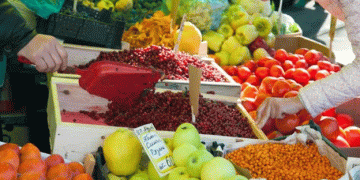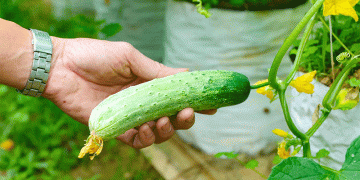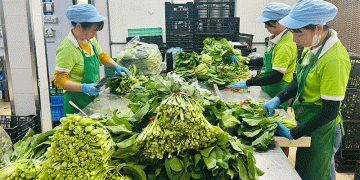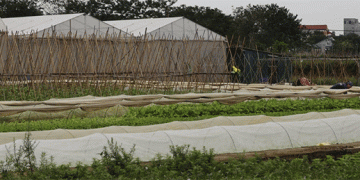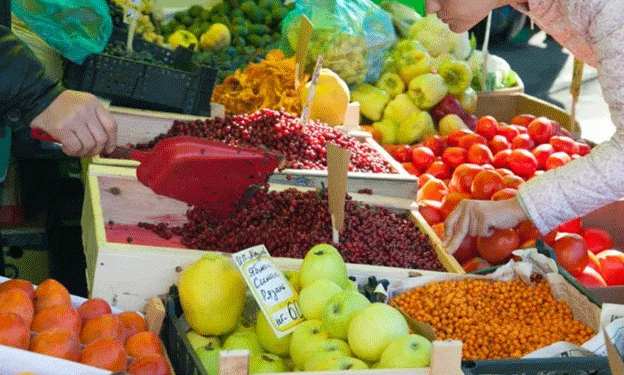In the first ten months of 2024, Bolivia has experienced significant food inflation, with the food price index increasing by 8.86%. This surge, particularly marked by a troubling 2.80% rise in October, is the highest observed in over 25 years, signaling potential instability in the agricultural market and food security.
According to Luis Fernando Romero Torrejón, president of the Departmental College of Economists in Tarija, this rise in the Consumer Price Index (CPI) for food reflects the most severe inflationary pressures since 2013, when the inflation rate reached 10.37%. As of October, Bolivia ranks as the third most inflationary country in Latin America, following Argentina and Venezuela, with a CPI of 7.26% and an annual inflation rate of 7.94%.
A Sharp Increase in Food Prices
The month of October saw a particularly steep rise in food prices, with food and non-alcoholic beverages increasing by 3.60%, the highest among all categories. This surge is a direct result of both domestic factors and regional economic dynamics. For instance, inflation was relatively stable earlier in the year, with food prices even experiencing deflation in January (-0.23%). However, the October spike contrasts sharply with these earlier trends and highlights a broader, sustained inflationary pattern that began in 2023.
One of the main drivers of the increase is the higher cost of imported goods, exacerbated by the economic shifts in neighboring countries. The policies of new leadership in Argentina, notably under Javier Milei, have led to reverse smuggling—where food is now leaving Bolivia to be sold at better prices in neighboring nations. This has disrupted Bolivia’s food supply chain, increasing scarcity and driving up prices for key agricultural commodities.
The Agriculture Sector and Vulnerable Households
The agricultural sector, which provides the backbone of the country’s food supply, is under considerable pressure due to rising costs. Farmers are facing increased input costs, such as fertilizer, labor, and transport, alongside diminished purchasing power from local consumers. For households, particularly in rural and low-income areas, the rising cost of food has made it increasingly difficult to afford basic necessities, amplifying food insecurity. This situation is compounded by the disruption in regional trade, which had previously provided a buffer for Bolivia’s food prices.
In addition to the economic pressures, the government faces the challenge of implementing policies that can stabilize food prices. As inflation continues to outpace wage growth, vulnerable sectors of the population are at risk of deeper poverty, and the broader economy faces the potential for stagnation. The urgency for policies that ensure the sustainability of both the agricultural sector and food security cannot be overstated.
Bolivia’s food inflation crisis of 2024 poses a serious threat to its agricultural sustainability and economic stability. As food prices soar, urgent action is required to protect local farmers, stabilize prices, and ensure the country’s food security. While the global supply chain and regional economic conditions play a significant role, targeted domestic policies will be essential in mitigating the worst effects of this inflationary period.
